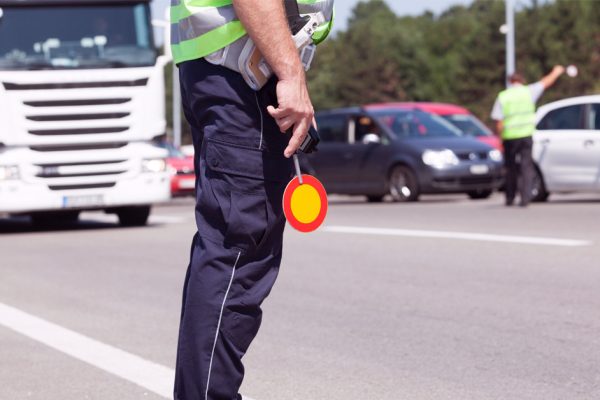Redefining road safety
In the collective imagination, the notion of road safety generally conjures up images of red lights and crosswalks—less often how roads and intersections are configured. Yet these features play a major role in the safety of all road users.
Read the article optimized for mobile devices.
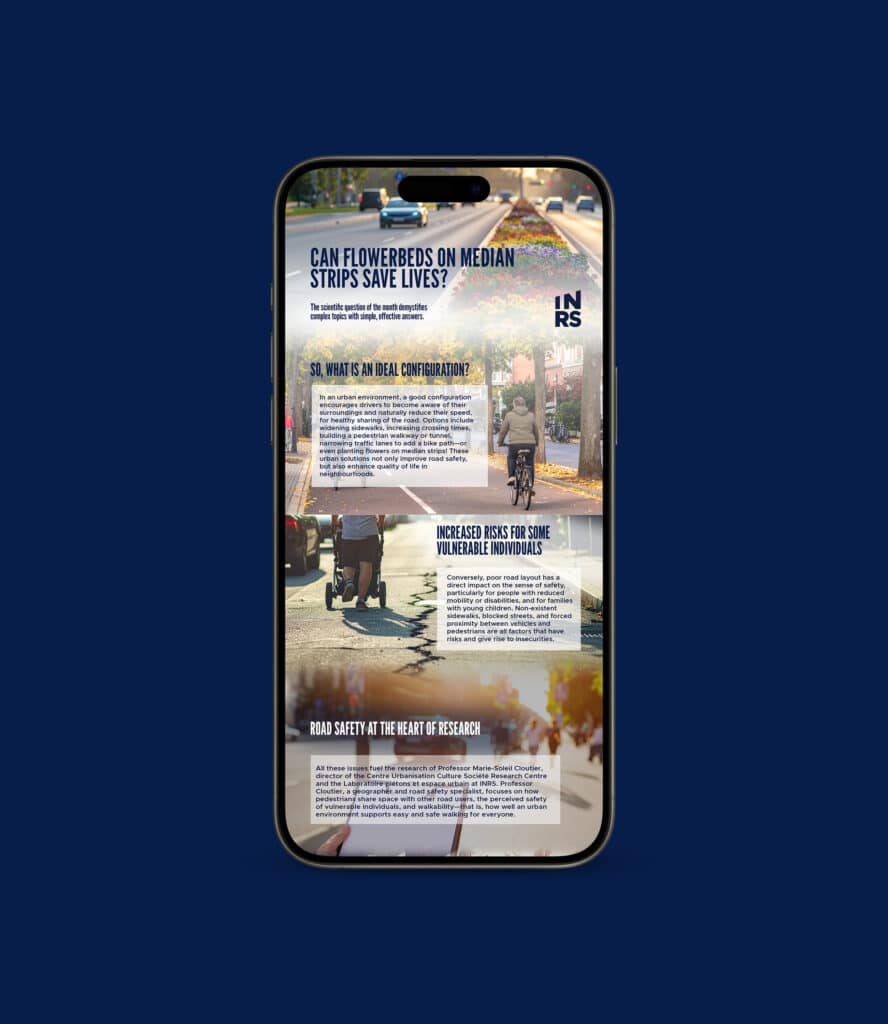
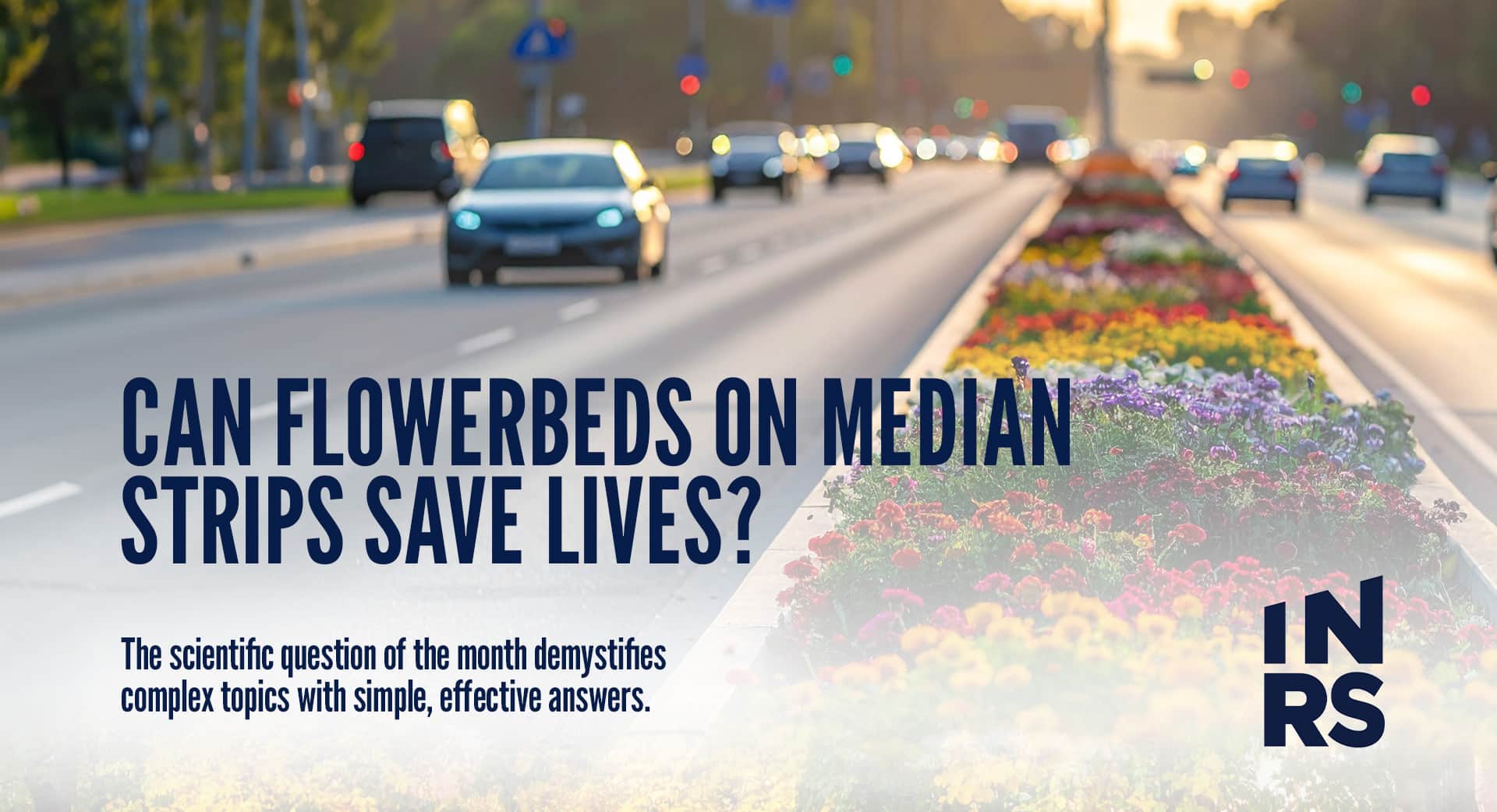
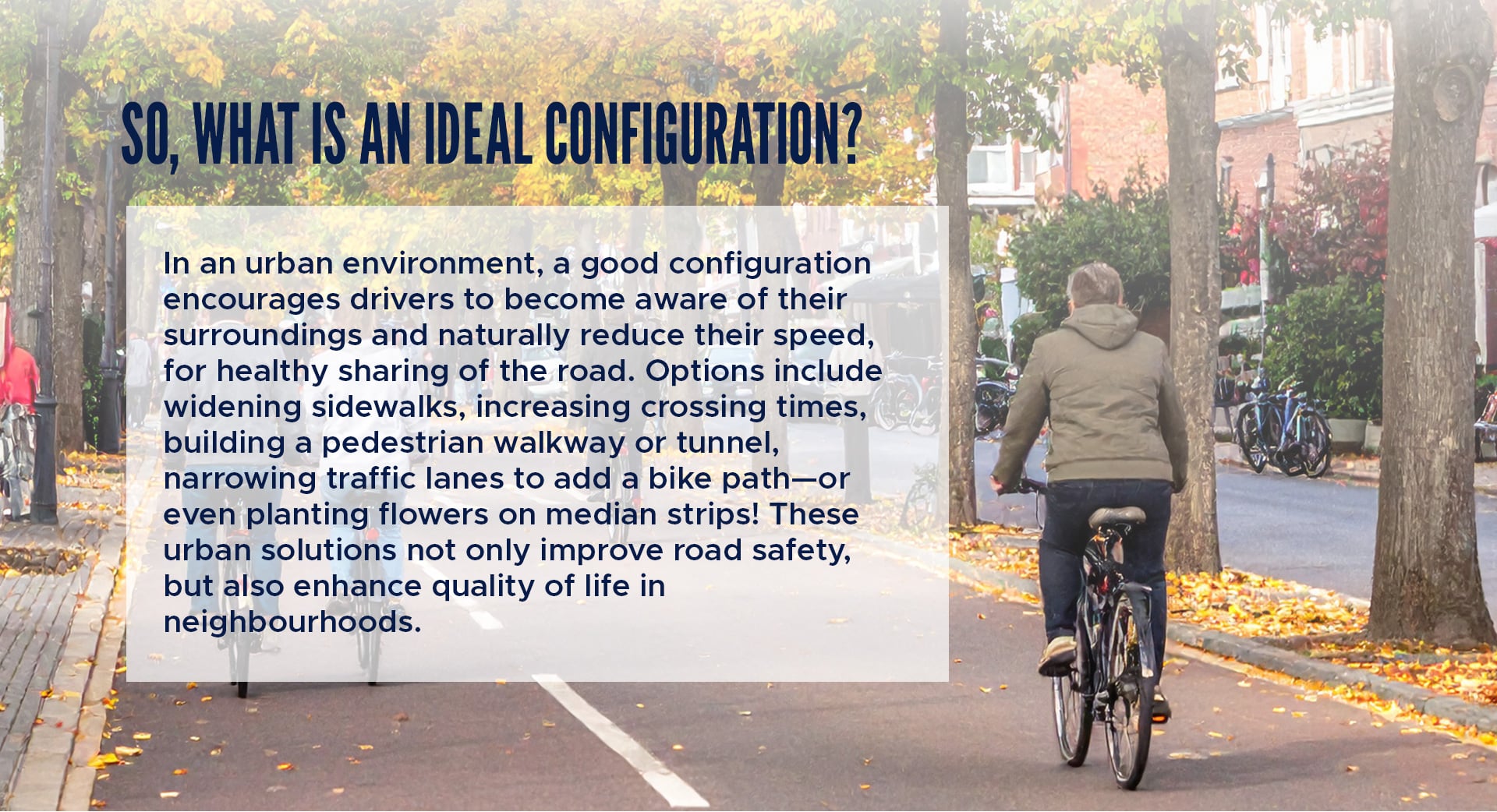
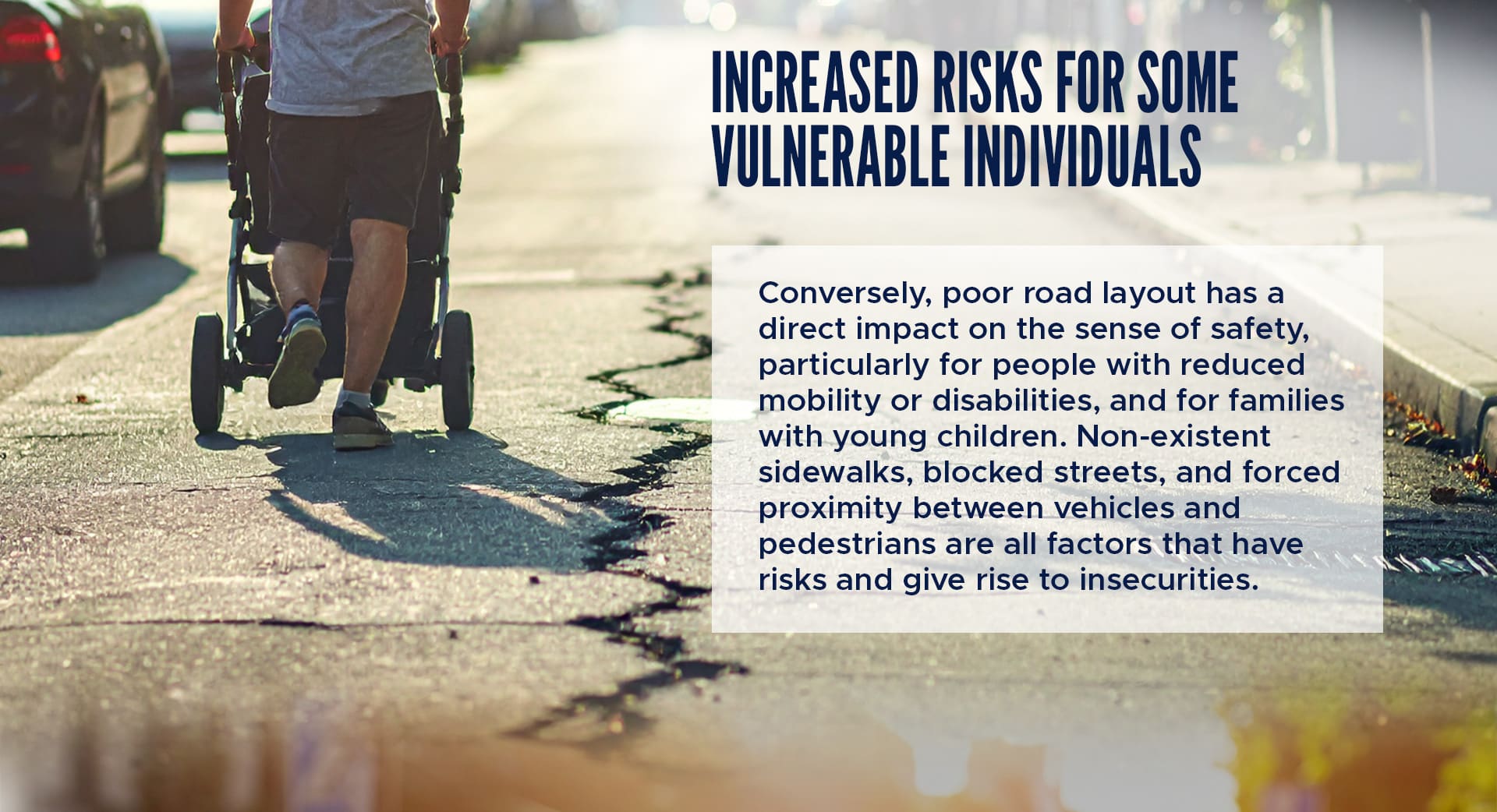
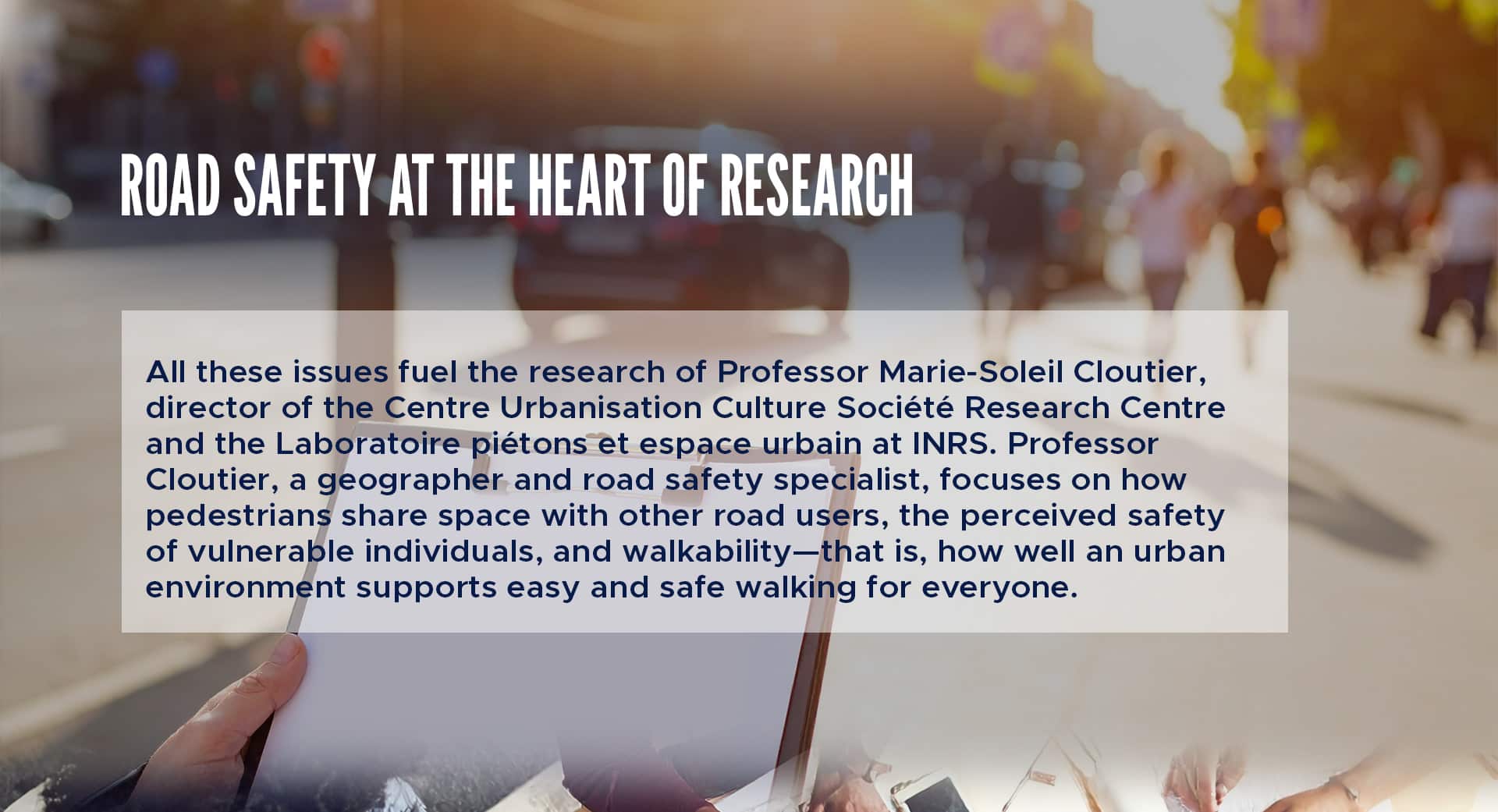
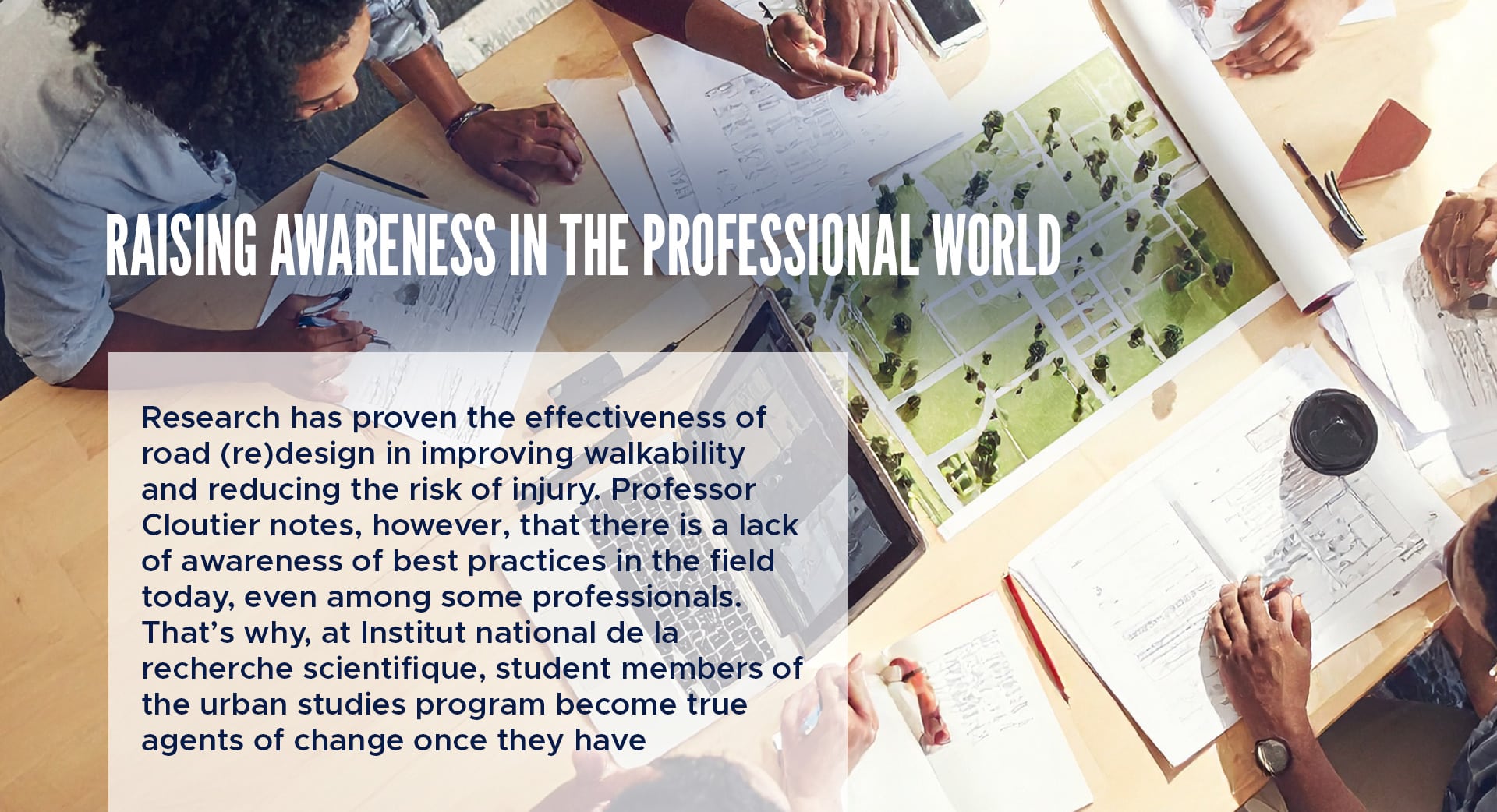
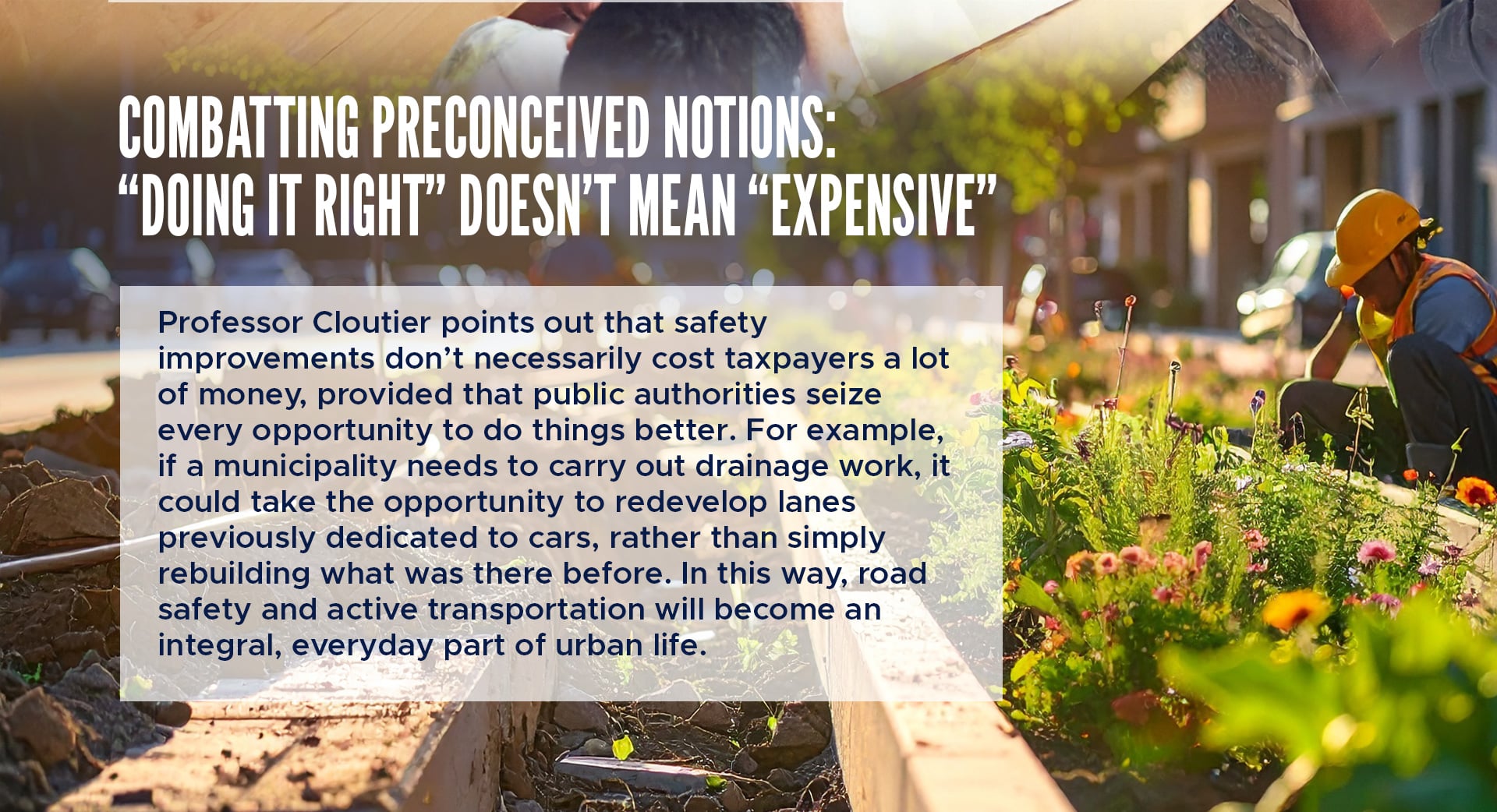
These images are generated by artificial intelligence for illustrative purposes only. They do not accurately represent experiments, laboratory procedures or practices. Their sole purpose is to facilitate the popularization of science.
Read more:



